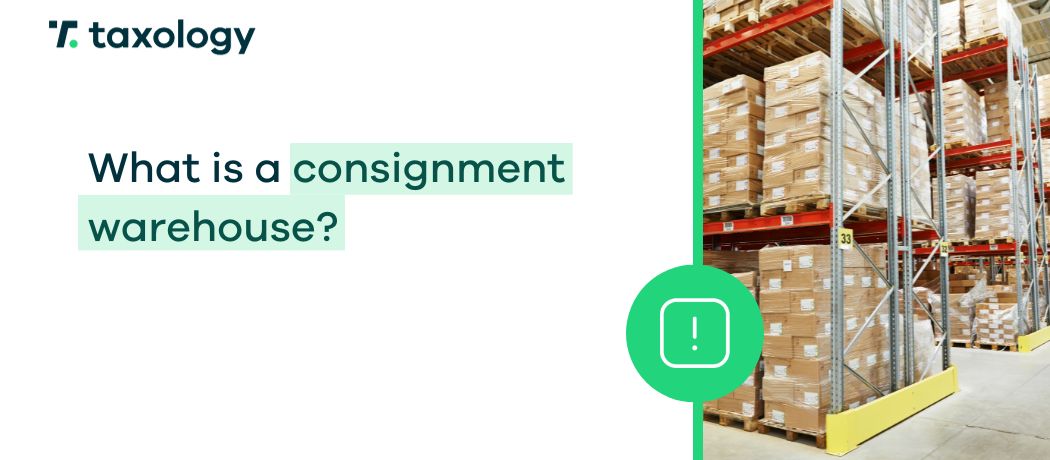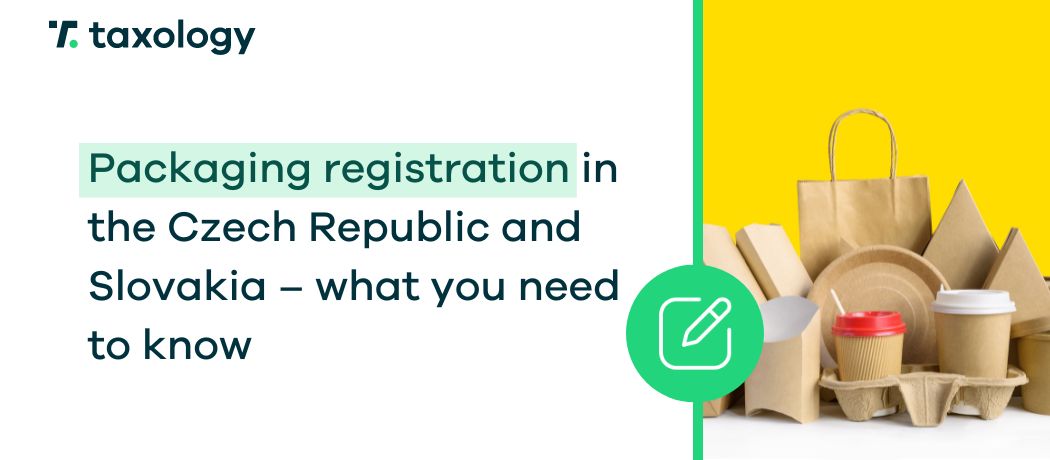France is one of the largest and wealthiest countries in Europe, making it an extremely attractive market for expansion for many entrepreneurs in the e-commerce sector. However, like any other […]
Read in: 5 minWhat is a consignment warehouse?
- Last update: 23.02.2024
- Published: 06.03.2023
- Read in: 4 min
A consignment warehouse, also known as consignment storage, is a specific type of storage facility where items are kept and sold based on a consignment arrangement. This arrangement involves an agreement between the seller (the consignor) and the warehouse operator (the consignee). The consignee agrees to store the consignor’s goods and sell them on their behalf. It’s important to note that the consignee holds ownership rights over the goods until they are claimed, at which point ownership is transferred to the warehouse operator. Moreover, when the items are sold, the consignor receives a portion or all of the predetermined amount generated from the transaction.
This article provides information on the following topics:
- The definition and function of a consignment warehouse,
- The connection between a consignment warehouse and a call-off stock warehouse,
- The process of acquiring the status of a consignment warehouse,
- The relationship between the intra-Community acquisition and intra-Community supply of goods and consignment warehousing,
- The timeline of legal changes concerning consignment warehousing.
Consignment warehouse vs. call-off stock
It is important to highlight that the term “consignment warehouse” was officially used until July 1, 2020. From that point onwards, amendments to the VAT Act were implemented, addressing handling the movement of goods. As a result, the term “consignment warehouse” was replaced with “call-off stock” in the VAT Act. Nevertheless, not everyone is aware of this terminology change, so it is still possible to encounter texts to a consignment warehouse while actually addressing a call-off stock warehouse.
The consignment warehouse and its advantages
By opting for a consignment warehouse, the foreign supplier was exempted from the obligation to register as a VAT taxpayer in Poland. Nonetheless, to ensure the complete legality of the process, it was necessary to meet the requirements for operating such a warehouse, which will be covered later in this article.
It is crucial to note that the goods stored in a consignment warehouse are the rightful property of the supplier, known as the consignor. The consignee, who operates the warehouse, gains ownership rights over the goods only upon taking them from the consignment warehouse with the aim of selling them to the final customer. However, during the storage period, it is typically the seller who bears the costs and risks associated with storing their merchandise in the warehouse.
Consignment warehouse up until 30 June 2020
Prior to the aforementioned changes taking effect, a consignment warehouse referred to a designated facility in the vicinity of a EU VAT-registered taxpayer. It served as a storage location for goods owned by a VAT taxpayer who had either relocated or had goods transferred on their behalf to a different Member State other than the country where the consignment warehouse was situated.
Furthermore, it is important to highlight that the term ‘consignment warehouse’ was introduced into the VAT Act on December 1, 2008. As per its definition, the goods stored in such warehouses were not designated for a specific purchaser.
In terms of functionality, a consignment warehouse was no different from an ordinary warehouse when it comes to its role as a storage space for goods. The term ‘consignment‘ primarily referred to the location status, but certain specific conditions had to be met to obtain this status.

Did you run a consignment warehouse? You also had to keep records of entered goods
When managing a consignment warehouse, the consignee had to adhere to several regulations:
- Transactions must involve the participation of a value-added tax (VAT) payer who was not registered as aVAT payer in Poland .
- Only goods intended for production or service activities are allowed to be stored in the consignment warehouse.
- All incoming goods must be properly identified and their records maintained.
- Prior to the initial entry of goods into the consignment warehouse by a specific consignor, they are required to notify the head of the tax office.
Goods can be stored in the consignment warehouse for a maximum period of 24 months from their entry date. If this period is exceeded and the goods remain unsold, they will be either destroyed or considered missing, with the following day being recorded as the date of their removal.
Consignment warehousing vs. intra-Community acquisitions of goods
If the aforementioned conditions were fulfilled, the transfer of goods to the consignment warehouse by the consignor could be considered as an intra-Community acquisition of goods (ICA).
In such a scenario, when the goods were later withdrawn from the warehouse, the consignor would be liable for VAT under the intra-Community supply of goods (ICS) and would settle the tax in their own country. On the other hand, the purchaser, who is the operator of the warehouse, would settle the VAT under ICS in their own country.
If it weren’t for the consignment warehouse, the seller would have had to handle both the intra-Community supply of goods in the country of shipment and the VAT in the country of destination.

Consignment warehouse as of 1 July 2020
As previously stated, the regulations mentioned above were effective until 30 June 2020. Subsequently, the rules governing consignment warehousing underwent a revision, and call-off stock procedures were introduced as a replacement.
This transition has led to several simplifications and improvements, which we have extensively discussed in the article titled “What is Call-Off Stock on Amazon?” We highly recommend reading the article to gain a comprehensive understanding of the topic.
In a nutshell, with the implementation of call-off stock amendments:
- The obligation for the purchaser to notify the tax office before placing goods in the warehouse has been eliminated. Instead, they are now granted a 14-day window to fullfill this requirement, starting from the moment the goods are brought into the warehouse.
- The supplier is now allowed to be registered in the same country where the warehouse is located. However, it is essential that they do not possess a registered business address or permanent establishment in that country.
- The maximum storage duration for goods in the warehouse has been reduced from 24 months to 12 months.
Summary
The consignment warehouse, now known as call-off stock, serves as a solution for consignment sales within the European Union. It offers the advantage of exempting the seller (consignor) from the need to register for VAT when moving goods. Instead, the goods are stored in a foreign consignment warehouse operated by a third party, who takes ownership of the goods once they are collected by the purchaser.
As of 1 July 2020, the Polish VAT Act replaced the term ‘consignment warehouse’ with ‘call-off stock.’ This change also brought about several amendments concerning warehouse-related matters. These modifications encompassed adjustments to the timeframe for storing goods, considerations about registration requirements in the purchaser’s country, and the obligatory submission of a written declaration to the head of the tax office to facilitate the operation of a consignment warehouse.
Need help with VAT? Contact Taxology!
If you are planning to venture into international markets or have already taken steps in that direction and require assistance, don’t hesitate to reach out to us! Our team of VAT Compliance experts is well-equipped to support you and your company with tasks like VAT registration, VAT-OSS, or managing VAT settlement in various EU countries. Schedule a free consultation.




